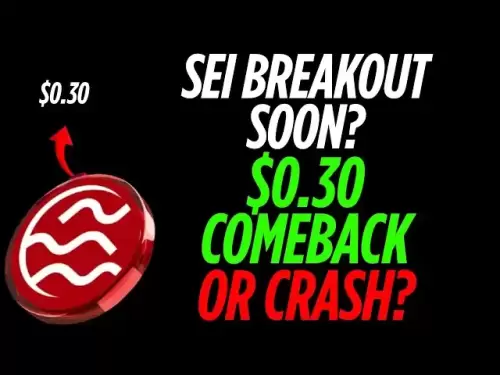-
 Bitcoin
Bitcoin $109,583.2239
0.19% -
 Ethereum
Ethereum $2,583.4612
0.48% -
 Tether USDt
Tether USDt $1.0003
-0.04% -
 XRP
XRP $2.2681
0.70% -
 BNB
BNB $659.9218
-0.52% -
 Solana
Solana $151.4961
-0.37% -
 USDC
USDC $0.9999
-0.02% -
 TRON
TRON $0.2861
1.20% -
 Dogecoin
Dogecoin $0.1718
0.04% -
 Cardano
Cardano $0.5960
-0.07% -
 Hyperliquid
Hyperliquid $40.1233
2.85% -
 Sui
Sui $2.9974
2.48% -
 Bitcoin Cash
Bitcoin Cash $497.1279
-1.76% -
 Chainlink
Chainlink $13.7275
-0.22% -
 UNUS SED LEO
UNUS SED LEO $9.0241
0.70% -
 Avalanche
Avalanche $18.5536
-0.88% -
 Stellar
Stellar $0.2421
1.39% -
 Toncoin
Toncoin $2.8593
-0.51% -
 Shiba Inu
Shiba Inu $0.0...01187
-0.07% -
 Litecoin
Litecoin $90.0023
2.90% -
 Hedera
Hedera $0.1590
2.79% -
 Monero
Monero $322.1495
0.00% -
 Polkadot
Polkadot $3.5453
-1.00% -
 Dai
Dai $1.0000
-0.01% -
 Bitget Token
Bitget Token $4.5733
-1.06% -
 Ethena USDe
Ethena USDe $1.0002
-0.01% -
 Uniswap
Uniswap $7.6345
3.03% -
 Aave
Aave $279.2583
0.47% -
 Pepe
Pepe $0.0...01003
-1.52% -
 Pi
Pi $0.4941
-0.32%
What is dYdX's liquidation mechanism?
dYdX's liquidation mechanism on Ethereum ensures trading stability by closing positions when collateral falls below the maintenance margin, minimizing losses.
Apr 09, 2025 at 05:01 pm
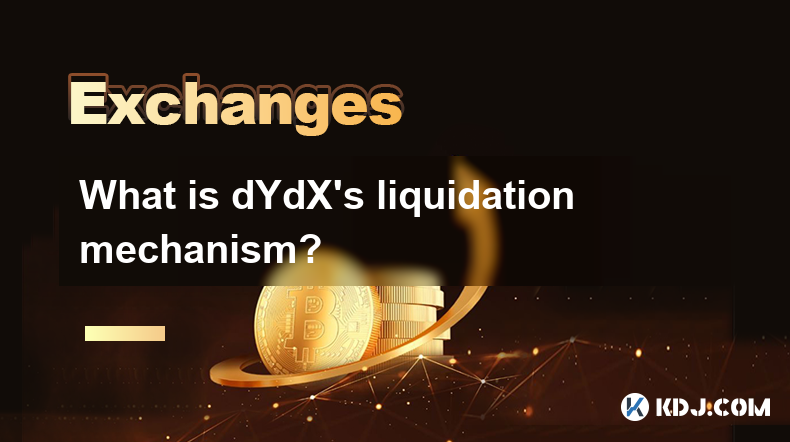
dYdX is a decentralized trading platform that operates on the Ethereum blockchain, offering leveraged trading and perpetual contracts. One of the critical components of its platform is the liquidation mechanism, which is designed to manage risk and ensure the stability of the trading environment. This article delves into the specifics of dYdX's liquidation mechanism, explaining how it works, why it's essential, and the steps involved in the process.
Understanding Liquidation in dYdX
Liquidation is a process used by trading platforms to mitigate risk when a trader's position moves against them, and they do not have sufficient funds to cover potential losses. In the context of dYdX, liquidation occurs when the value of a trader's collateral falls below a certain threshold, known as the maintenance margin. This mechanism is crucial for maintaining the integrity of the platform and ensuring that losses do not exceed the trader's available funds.
The Role of Maintenance Margin
The maintenance margin is a critical parameter in dYdX's liquidation mechanism. It represents the minimum amount of collateral that must be maintained in a trader's account relative to their open positions. If the value of the collateral drops below this level, the position is at risk of being liquidated. The maintenance margin is typically set as a percentage of the total position value, and it varies depending on the asset being traded and the leverage used.
How Liquidation Works on dYdX
When a trader's account balance falls below the maintenance margin, dYdX initiates the liquidation process. This process is automated and occurs in several steps:
- Monitoring Account Balances: dYdX continuously monitors the account balances of all traders to ensure they meet the maintenance margin requirements.
- Triggering Liquidation: If an account balance falls below the maintenance margin, the liquidation process is triggered automatically.
- Closing Positions: dYdX's system will attempt to close the trader's positions at the best available market price to minimize losses.
- Settling the Account: After the positions are closed, the remaining collateral is used to settle any outstanding debts. If there are any surplus funds, they are returned to the trader.
Partial vs. Full Liquidation
dYdX employs both partial and full liquidation mechanisms to manage risk effectively.
- Partial Liquidation: In partial liquidation, only a portion of the trader's position is closed to bring the account back above the maintenance margin. This approach is less disruptive and allows the trader to continue trading with a reduced position size.
- Full Liquidation: If the account balance continues to fall despite partial liquidation, or if the position is too large to be managed through partial liquidation, a full liquidation is initiated. In this case, the entire position is closed, and the trader's account is settled.
The Importance of Liquidation for dYdX
The liquidation mechanism is vital for the stability and security of the dYdX platform. It serves several key purposes:
- Risk Management: By liquidating positions that fall below the maintenance margin, dYdX can prevent traders from incurring losses that exceed their available collateral.
- Market Stability: Liquidation helps maintain market stability by ensuring that large, unmanageable losses do not occur, which could otherwise lead to cascading effects on the platform.
- Fairness: The automated nature of the liquidation process ensures that all traders are treated fairly and that no single trader can cause significant disruptions to the platform.
Steps to Avoid Liquidation on dYdX
Traders can take several steps to minimize the risk of liquidation on dYdX:
- Monitor Positions Closely: Regularly check the value of your positions and the amount of collateral in your account to ensure you are above the maintenance margin.
- Use Stop-Loss Orders: Implement stop-loss orders to automatically close positions if the market moves against you, helping to limit potential losses.
- Adjust Leverage: Be cautious with the amount of leverage you use. Higher leverage increases the risk of liquidation, so consider using lower leverage to reduce this risk.
- Add More Collateral: If you notice your account balance approaching the maintenance margin, you can add more collateral to your account to increase your margin and avoid liquidation.
The Impact of Liquidation on Traders
Liquidation can have significant implications for traders on dYdX. Understanding these impacts can help traders better manage their risk:
- Loss of Positions: The most immediate impact of liquidation is the loss of the trader's positions. This can result in significant financial losses, especially if the market continues to move against the trader after liquidation.
- Reputation and Trust: Frequent liquidations can affect a trader's reputation and the trust other traders have in them, particularly in the context of decentralized finance (DeFi) where transparency and reliability are highly valued.
- Learning Opportunity: While liquidation can be a negative experience, it also serves as a learning opportunity. Traders can analyze their liquidated positions to understand what went wrong and how they can improve their trading strategies in the future.
Frequently Asked Questions
Q: Can I prevent liquidation on dYdX?
A: While you cannot completely prevent liquidation, you can take steps to minimize the risk. These include monitoring your positions closely, using stop-loss orders, adjusting your leverage, and adding more collateral to your account when necessary.
Q: What happens to my collateral during liquidation?
A: During liquidation, dYdX uses your collateral to close your positions and settle any outstanding debts. If there are any surplus funds after settling your account, they will be returned to you.
Q: How quickly does dYdX liquidate positions?
A: dYdX's liquidation process is automated and designed to be as quick as possible to minimize losses. The exact speed can vary depending on market conditions and the size of the position being liquidated.
Q: Is there a fee associated with liquidation on dYdX?
A: dYdX does not charge a specific fee for liquidation. However, the costs associated with closing positions during liquidation, such as trading fees, may apply.
Disclaimer:info@kdj.com
The information provided is not trading advice. kdj.com does not assume any responsibility for any investments made based on the information provided in this article. Cryptocurrencies are highly volatile and it is highly recommended that you invest with caution after thorough research!
If you believe that the content used on this website infringes your copyright, please contact us immediately (info@kdj.com) and we will delete it promptly.
- Coinbase, Wormhole, and the Crypto Exchange Evolution: What's the Deal?
- 2025-07-04 06:50:12
- Solana Price Analysis: Navigating Institutional Demand and Market Crossroads
- 2025-07-04 07:15:13
- Arctic Pablo Coin: The Meme Coin Melting Faces in 2025
- 2025-07-04 07:15:13
- Dogwifhat (WIF) Price Surge: Meme Coin Mania or Something More?
- 2025-07-04 06:30:13
- Shiba Inu Killers and Crypto Coin Myths: Navigating the Investment Landscape in 2025
- 2025-07-04 07:30:13
- Meme Coin Mania: Why Alpha Groups and Investment Radars Are Eyeing LILPEPE
- 2025-07-04 07:30:13
Related knowledge
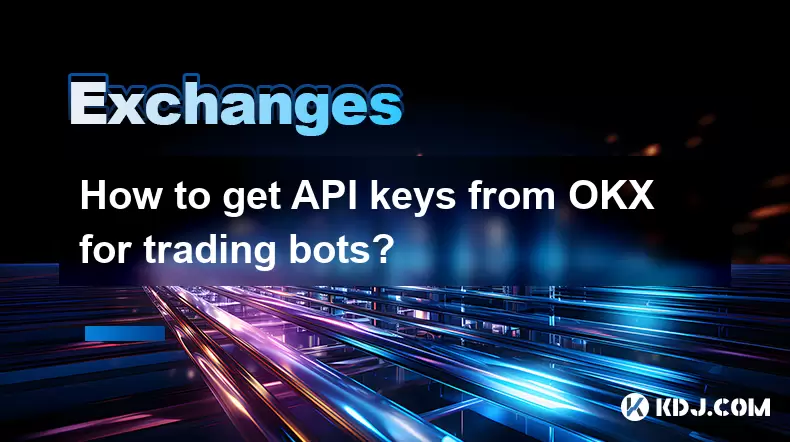
How to get API keys from OKX for trading bots?
Jul 03,2025 at 07:07am
Understanding API Keys on OKXTo interact with the OKX exchange programmatically, especially for building or running trading bots, you need to obtain an API key. An API (Application Programming Interface) key acts as a secure token that allows your bot to communicate with the exchange's servers. On OKX, these keys come with customizable permissions such ...
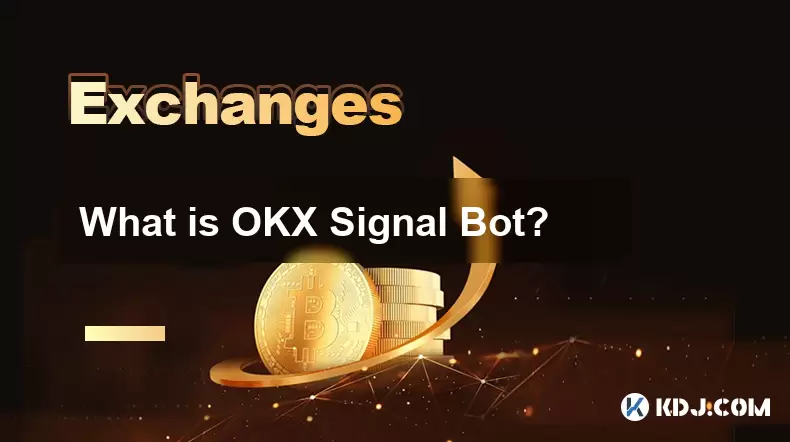
What is OKX Signal Bot?
Jul 02,2025 at 11:01pm
Understanding the Basics of OKX Signal BotThe OKX Signal Bot is a feature within the OKX ecosystem that provides users with automated trading signals and execution capabilities. Designed for both novice and experienced traders, this bot helps identify potential trading opportunities by analyzing market trends, technical indicators, and historical data. ...
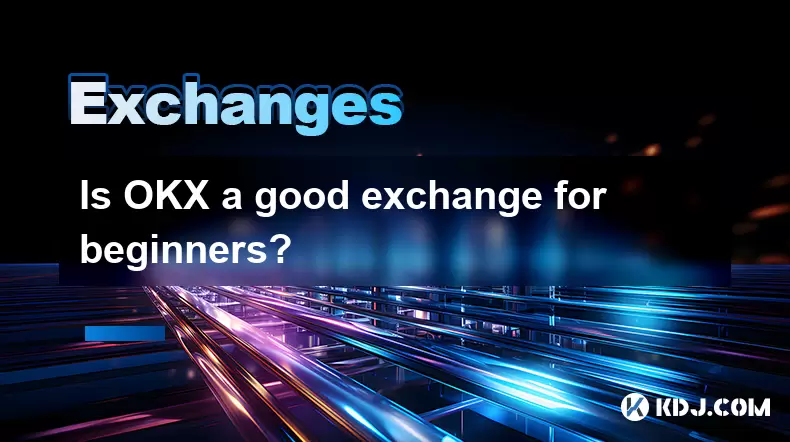
Is OKX a good exchange for beginners?
Jul 03,2025 at 05:00pm
What Is OKX and Why Is It Popular?OKX is one of the leading cryptocurrency exchanges globally, known for its robust trading infrastructure and a wide variety of digital assets available for trading. It supports over 300 cryptocurrencies, including major ones like Bitcoin (BTC), Ethereum (ETH), and Solana (SOL). The platform has gained popularity not onl...
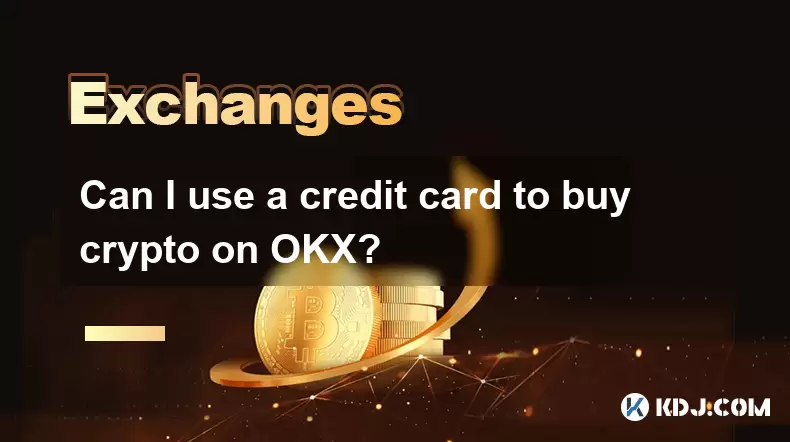
Can I use a credit card to buy crypto on OKX?
Jul 04,2025 at 04:28am
Understanding OKX and Credit Card PaymentsOKX is one of the leading cryptocurrency exchanges globally, offering a wide range of services including spot trading, derivatives, staking, and more. Users often wonder whether they can use a credit card to buy crypto on OKX, especially if they are new to the platform or looking for quick ways to enter the mark...
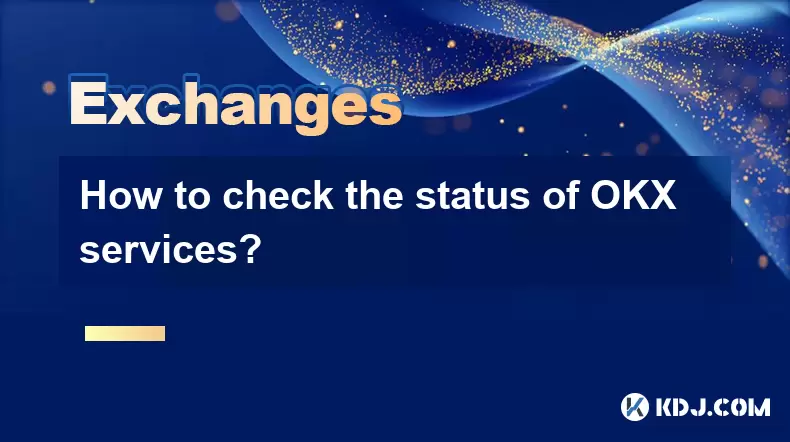
How to check the status of OKX services?
Jul 02,2025 at 11:14pm
What is OKX, and Why Checking Service Status Matters?OKX is one of the world’s leading cryptocurrency exchanges, offering services such as spot trading, futures trading, staking, and more. With millions of users relying on its platform for daily transactions, it's crucial to know how to check the status of OKX services. Downtime or maintenance can affec...
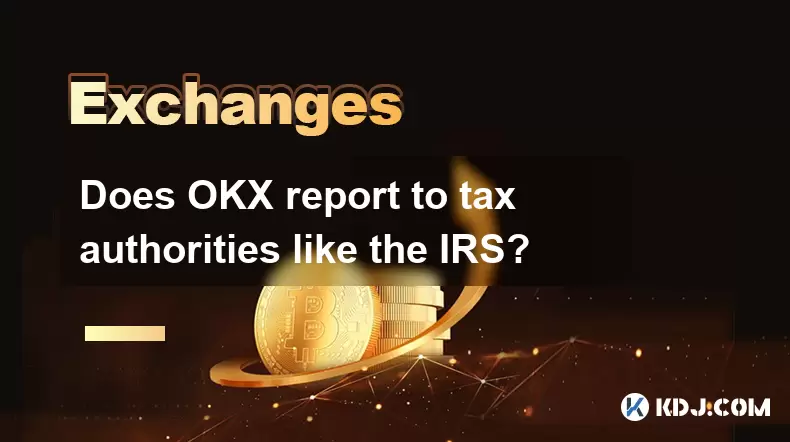
Does OKX report to tax authorities like the IRS?
Jul 03,2025 at 03:14pm
Understanding the Role of Cryptocurrency Exchanges in Tax ReportingCryptocurrency exchanges play a crucial role in facilitating digital asset transactions, but their responsibilities extend beyond trading and custody. As regulatory scrutiny intensifies globally, users are increasingly concerned about whether platforms like OKX report to tax authorities ...

How to get API keys from OKX for trading bots?
Jul 03,2025 at 07:07am
Understanding API Keys on OKXTo interact with the OKX exchange programmatically, especially for building or running trading bots, you need to obtain an API key. An API (Application Programming Interface) key acts as a secure token that allows your bot to communicate with the exchange's servers. On OKX, these keys come with customizable permissions such ...

What is OKX Signal Bot?
Jul 02,2025 at 11:01pm
Understanding the Basics of OKX Signal BotThe OKX Signal Bot is a feature within the OKX ecosystem that provides users with automated trading signals and execution capabilities. Designed for both novice and experienced traders, this bot helps identify potential trading opportunities by analyzing market trends, technical indicators, and historical data. ...

Is OKX a good exchange for beginners?
Jul 03,2025 at 05:00pm
What Is OKX and Why Is It Popular?OKX is one of the leading cryptocurrency exchanges globally, known for its robust trading infrastructure and a wide variety of digital assets available for trading. It supports over 300 cryptocurrencies, including major ones like Bitcoin (BTC), Ethereum (ETH), and Solana (SOL). The platform has gained popularity not onl...

Can I use a credit card to buy crypto on OKX?
Jul 04,2025 at 04:28am
Understanding OKX and Credit Card PaymentsOKX is one of the leading cryptocurrency exchanges globally, offering a wide range of services including spot trading, derivatives, staking, and more. Users often wonder whether they can use a credit card to buy crypto on OKX, especially if they are new to the platform or looking for quick ways to enter the mark...

How to check the status of OKX services?
Jul 02,2025 at 11:14pm
What is OKX, and Why Checking Service Status Matters?OKX is one of the world’s leading cryptocurrency exchanges, offering services such as spot trading, futures trading, staking, and more. With millions of users relying on its platform for daily transactions, it's crucial to know how to check the status of OKX services. Downtime or maintenance can affec...

Does OKX report to tax authorities like the IRS?
Jul 03,2025 at 03:14pm
Understanding the Role of Cryptocurrency Exchanges in Tax ReportingCryptocurrency exchanges play a crucial role in facilitating digital asset transactions, but their responsibilities extend beyond trading and custody. As regulatory scrutiny intensifies globally, users are increasingly concerned about whether platforms like OKX report to tax authorities ...
See all articles























